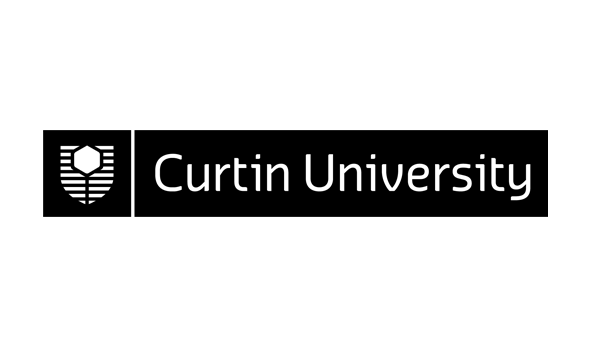309537 (v.2) Process Mineralogy 562
| Area: | Department of Minerals Engineering and Extractive Metallurgy |
|---|---|
| Credits: | 25.0 |
| Contact Hours: | 4.0 |
| ** The tuition pattern below provides details of the types of classes and their duration. This is to be used as a guide only. For more precise information please check your unit outline. ** | |
| Lecture: | 1 x 3 Hours Weekly |
| Tutorial: | 1 x 1 Hours Weekly |
| Syllabus: | Introduction to mineralogy as applied to mineral processing. Elementary crystallography, crystal structures, polymorphs and crystal chemistry including solid solution in minerals. A detailed study of the principal ore minerals including native metals, sulphides and oxides. Trace and minor elements in ore minerals with particular reference to economically important trace constituents. For example, refractory gold in sulphides, and deleterious elements (toxic heavy metals in sulphides). Mineralogy of the more common ore deposit types (gold, PGE, base metals and Fe-Ti oxides) with emphasis on mineral processing, zoning in ore deposits, mineral textures and liberation. Instrumental methods applied to mineralogy including reflected light microscopy, x-raydiffraction, x-ray fluorescence, scanning electron microscopy, electron and ion microprobes. This unit will be illustrated with numerous reflected light photomicrographs of ores and textures. |
| ** To ensure that the most up-to-date information about unit references, texts and outcomes appears, they will be provided in your unit outline prior to commencement. ** | |
| Field of Education: | 030305 Materials Engineering |
| SOLT (Online) Definitions*: | Informational *Extent to which this unit or thesis utilises online information |
| Result Type: | Grade/Mark |
Availability
| Year | Location | Period | Internal | Partially Online Internal | Area External | Central External | Fully Online |
|---|---|---|---|---|---|---|---|
| 2010 | Kalgoorlie Campus | Semester 2 | Y | Y | |||
| 2010 | Kalgoorlie Campus | Semester 2 | Y |
Area External refers to external course/units run by the School or Department or offered by research.
Central External refers to external and online course/units run through the Curtin Bentley-based Distance Education Area
Partially Online Internal refers to some (a portion of) learning provided by interacting with or downloading pre-packaged material from the Internet but with regular and ongoing participation with a face-to-face component retained. Excludes partially online internal course/units run through the Curtin Bentley-based Distance Education Area which remain Central External
Fully Online refers to the main (larger portion of) mode of learning provided via Internet interaction (including the downloading of pre-packaged material on the Internet). Excludes online course/units run through the Curtin Bentley-based Distance Education Area which remain Central External

